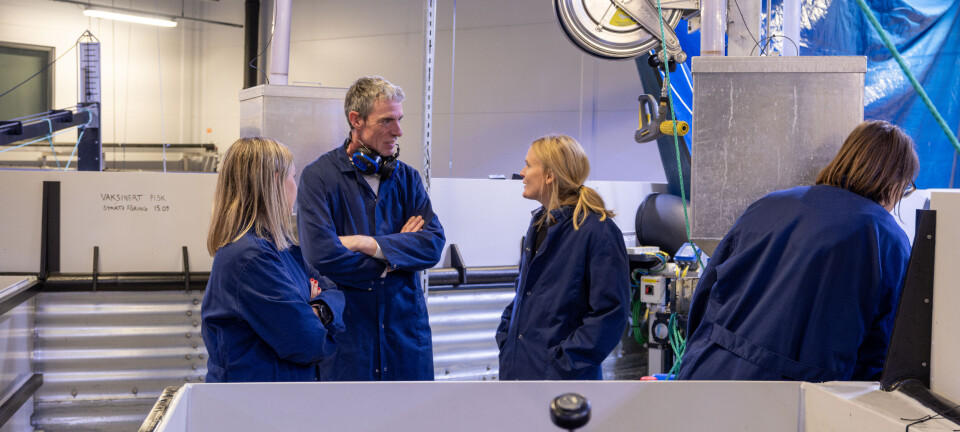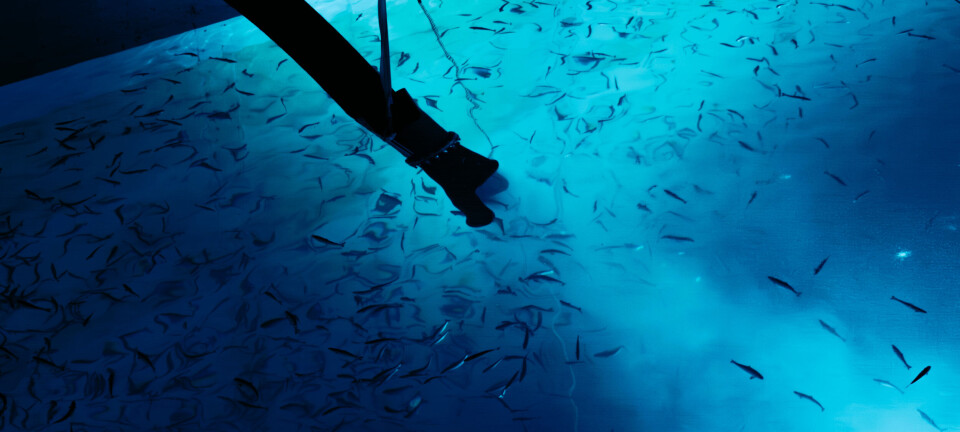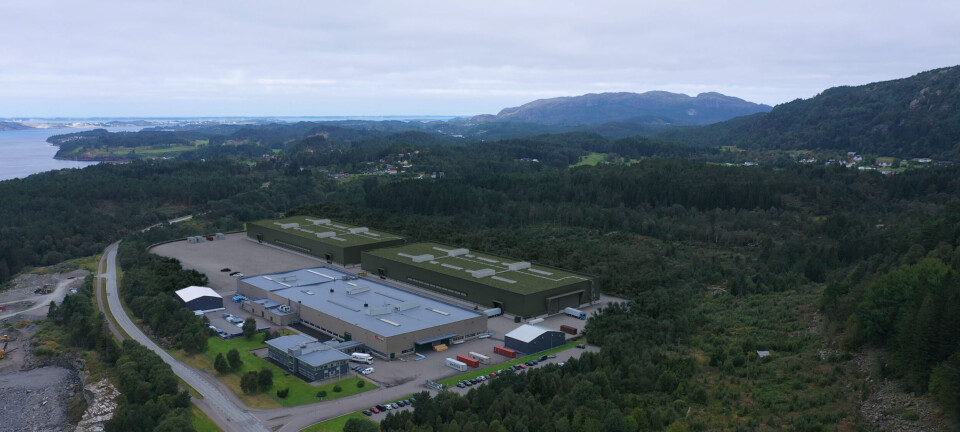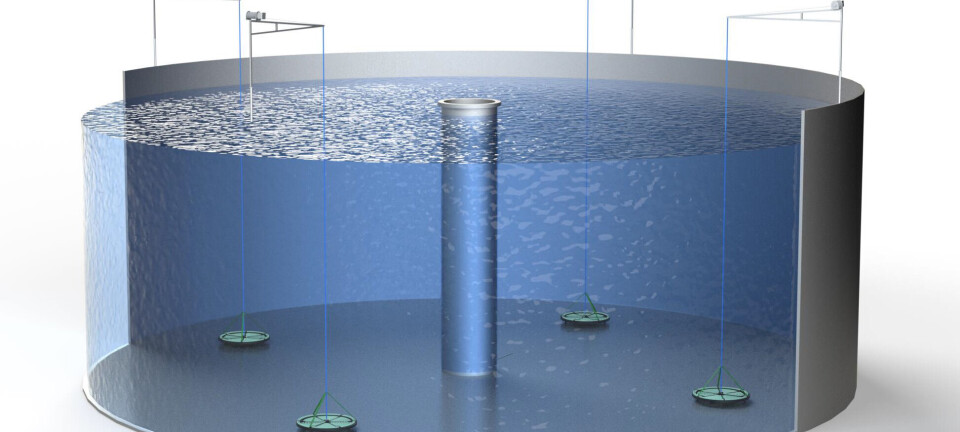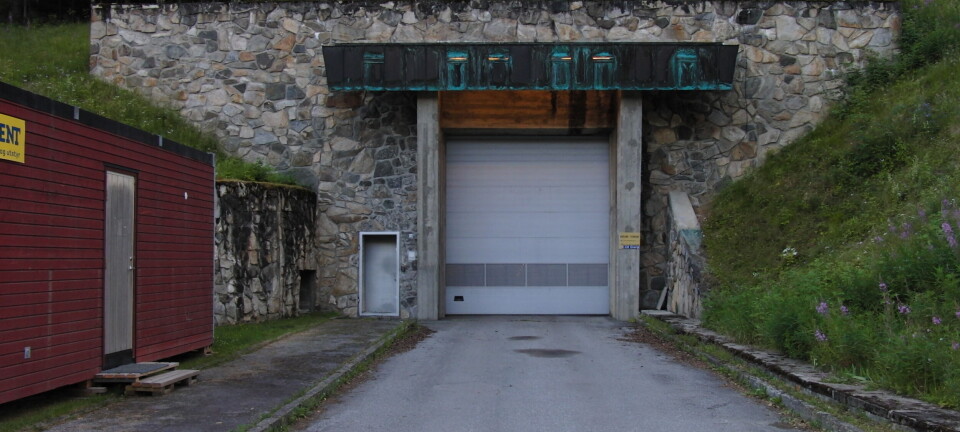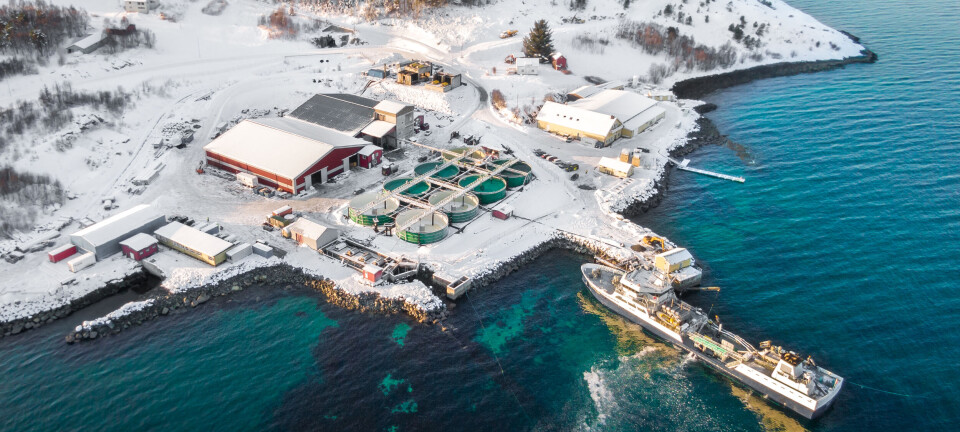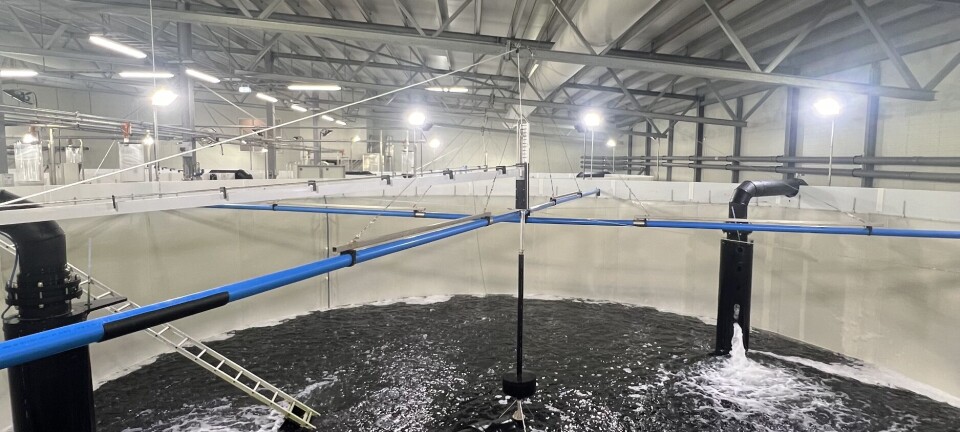
Record high smolt production for Icelandic Salmon
The fish farmer is increasing capacity in land-based facilities
The company, which is majority-owned by the world's second largest slamon farmer, SalMar, today reported good smolt harvest for the 2025 generation and stable biological development in the hatcheries. At the same time, Icelandic Salmon made it clear that its cost level remains high, and that the improvements on land will only have their full effect on production in the coming generations.
Will help reduce costs
The strong smolt production is highlighted as an important reason why the company expects lower costs in the future. Icelandic Salmon started harvesting the 2024 generation in October, and this has had better biology and lower production costs already in the sea phase.
The company emphasised that good quality of fry and post-smolt is crucial for economic improvement in 2026. This is a key factor in reaping the effects of growth and expanded production capacity.
Significant capacity in Iceland
Icelandic Salmon's farming subsidiary, Arnarlax, has four hatcheries with post-smolt production, eight sea locations spread across three fjords, and its own slaughterhouse in Bíldudalur with a capacity of 30,000 tonnes per year.
Managers believe this integrated structure makes the company less dependent on external deliveries of smolt, and contributes to tighter biological control throughout the entire production chain.
Biology points in the right direction
The company describes the 2025 generation at sea as developing very well:
High sea temperatures led to strong growth throughout Q3
Control of lice levels
No reported biological challenges that negatively impact the outcome
This gives the company confidence that the volume guidance can be maintained and that production costs will decrease in the coming quarters.
Preparing for further growth
Icelandic Salmon maintains its expected harvest volume of 13,000 gutted weight tonnes in 2025 and 21,000 gwt in 2026, highlighting that improvements in smolt and post-smolt are a key driver of this growth.
The company is also following the new Aquaculture Act, which is scheduled to be presented to Iceland's parliament, the Althing, in February 2026, and which may have an impact on the further expansion of aquaculture in Iceland.















